Thermos Test: Yeti Rambler Bottle vs Hydro Flask vs Stanley Master Series

March 2024
Notice: This blog has been updated to compare three of our most popular tumblers - the 40 oz Stanley Flowstate Quencher H2.0, the 42 oz Yeti Rambler, and the 40 oz Outdoor Revival Insulated Tumbler.
There’s nothing worse than filling up your cup with hot coffee, driving to work, and realizing it’s already cold. It’s the same feeling as getting in your vehicle at the end of a hot day, taking a drink of your water, and realizing that the ice you had in it that morning has given way to an 80-degree cup of water that doesn’t quite help your thirst. Luckily, over the years, companies have figured out how to keep your drinks hot and cold.
The market is saturated with all sorts of different styles and brands of tumblers, thermos, and other types of water bottles. So which one is the best? Well, we set out to find the best North 40 has to offer with three of our favorite brands – Outdoor Revival, Yeti, and Stanley. We put them through a series of tests to help you decide which one is best for you. Read on or check out or video to learn more!
Yeti Rambler
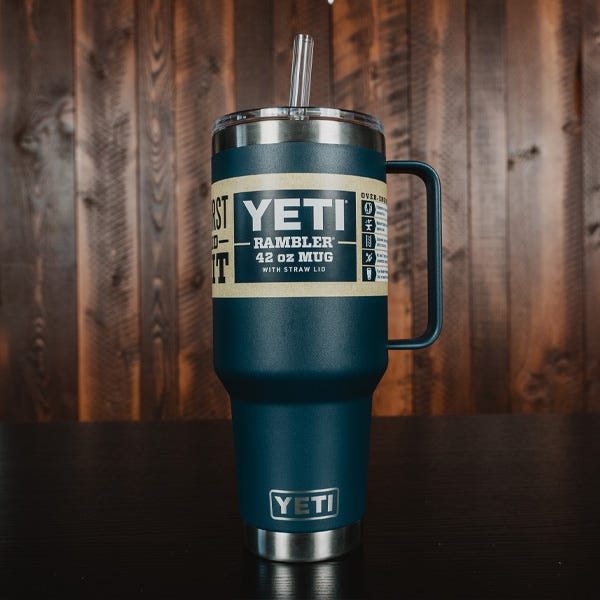

-
42 oz
-
1 lb 11.6 oz – empty weight
-
Comes with straw lid
-
Reusable Straw
-
Dishwasher safe
-
Kitchen-grade 18/8 stainless steel
-
BPA free
-
Double-wall vacuum insulation
-
Cup Holder Compatible
-
5 Year Warranty
-
$45.00
Yeti products have made a big splash in the high-end insulation cup realm, and for good reason. The Rambler mug comes in a bunch of different sizes and colors, and you can change out lids to make the most out of them. With the highest price point, it feels hard to justify, but we’ve learned over the years that Yeti generally holds up well, meaning your investment is worth it.
As far as features are concerned, the Rambler has a couple of pros and cons. While the handle held up the best because it’s metal, it is the smallest, meaning it could be uncomfortable for some people. It doesn’t have a no-slip bottom, and it is by far the heaviest. It is dishwasher safe, an advantage over the Outdoor Revival, and held up well in the drop test.
As far as the hot and cold tests, it did great. The only important thing to note is that the straw lid shouldn’t be used for hot liquids. Yeti makes that pretty clear. We tested it with the straw to keep things fair, but I would guess that with the MagSlider lid, it would have held more heat in. However, it’s inconvenient that you have to use a different lid with hot liquids.
Outdoor Revival Insulated Tumbler
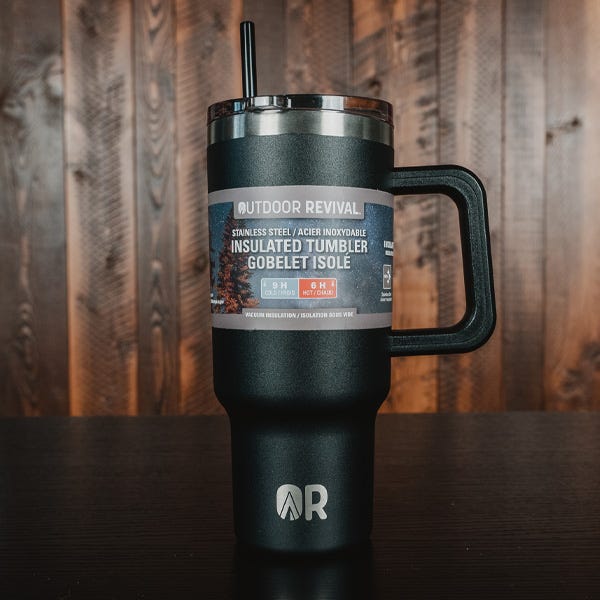

-
40 oz
-
1 lb 1.5 oz – empty weight
-
3 Position Lid
-
Reusable Straw
-
Hand wash only
-
100% Stainless Steel
-
BPA free
-
Double-wall insulated
-
Cup Holder Compatible
-
$19.99
Outdoor Revival is one of our newer brands. We’ve already tested the coolers and were excited to see that they held their own with Yeti and Cordova. You can learn more about that in our cooler comparison blog.
The OR tumbler has some unique characteristics that set it apart from the other two. First is the lid, which has a straw hole that can be plugged with a little rubber piece if you choose to drink directly from the spout. That can be closed with a sliding lid similar to the Yeti MagSlide. Next, the OR is the only tumbler with a rubber bottom ring around the bottom instead of just metal. It makes it a little more slip-resistant and helps with noise. It’s also the lightest of the group.
At half the price, the Outdoor Revival tumbler is a great option. We were excited to see that it held its own with the other two products in both the hot and cold tests. In the hot test, it was within two degrees of the Yeti, and in the cold test, it just barely had less ice than the Yeti after 24 hours. It kept the water just as cold as both the Stanley and the Yeti.
The OR easily took the gold in the leak test, losing no water as long as the straw was at the top of the lid when the tumbler was laid on its side. However, it didn’t do as well in the drop test, where it took some pretty heavy damage.
Stanley Flowstate Quencher H2.0 Tumbler
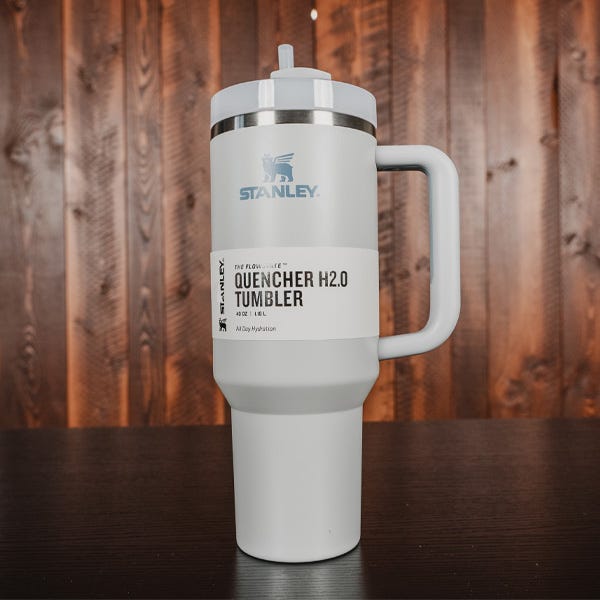

-
40 oz
-
1 lb 6.8 oz
-
3 Position lid
-
Dishwasher Safe
-
Reusable Straw
-
Recycled 18/8 Stainless Steel
-
BPA Free
-
Double-wall vacuum insulated
-
Cup Holder Compatible
-
Lifetime Warranty
-
$44.99
Stanley has been around since 1913, and anyone that needs a good thermos knows that you can count on Stanley to get the job done. However, their popularity skyrocketed recently when their tumblers became the must have item. According to CNBC, Stanley’s annual revenue shot from $75 million to $750 million in a matter of years, thanks in part to the tumblers. So, does the Quencher live up to the hype?
When you first look at the 40 oz tumbler, you’ll notice that they have a nice, rounded handle and that they’ve updated their straw lid to make it less likely to spill. It also generally fits in your car cup holder and comes in a bunch of different colors. We think one of the really cool features of this tumbler is that they offer a lifetime warranty.
Stanley proved that they know what they’re doing in both the hot and cold tests. The Quencher won both, proving that it can keep liquid hot for your entire workday and that your ice is still going to be there 24 hours later.
When it comes to the leak test, it didn’t do quite as well. While they did put rubber around the straw opening, the cover over the spout doesn’t seem to get the job done. It leaked worse than either the Yeti or the Outdoor Revival. In the drop test, the Quencher has pros and cons. After four drops, the cup itself held up pretty well. The lid didn’t pop off like the others, and the damage was minor. However, the handle broke off as soon as it was dropped on that side. Good thing they’ve got that lifetime warranty.
The Tests
We ran each of the tumblers through four different tests – a hot test, a cold test, a drop test, and a leak test.
Hot Test
Each tumbler was filled with hot water around 173.3 ºF and the lids were put on tight. We measured the temperature every 30 minutes and then switched to every hour after an hour and a half. We were curious to see how much temperature was lost as the water heated the inside of the tumbler.
After 6.5 hours, we had a winner. The Stanley came in first with a temperature of 131.4 ºF, the Yeti came in second with a temperature of 126.9 ºF, and the Outdoor Revival came in third with a temperature of 125.6 ºF.
The good news is that all three of these tumblers are more than capable of keeping your drink hot throughout the day. It should be noted that drinking your coffee at 173 ºF is probably not a great idea – you’re going to burn your mouth. We found that 140-145 ºF is about the temperature you want your coffee to drink it comfortably, but that’s totally up to you. It should also be noted that the Yeti specifically says you shouldn’t use the straw lid for hot liquids. We’re not sure why, but the results of the test may have been a lot different if we had switched out the lid for a MagSlide one.


Cold Test
Each tumbler was filled with 15.9 ounces of ice, which pretty much filled them all up completely. Then they were filled up with cold water. They sat out in the office all day. After about a minute, they were all between 32.4 ºF and 32.7 ºF. Throughout the day, we measured, but the temperature didn’t vary more than a few degrees. The real test was how much ice was going to melt.
After 12 hours, Stanley had 14.6 oz of ice left, Outdoor Revival had 13.2 oz, and Yeti had 12.8 oz. After 24 hours, Stanley came out on top – still holding on to 9.2 oz of ice. Yeti came in second with 6.6 oz and Outdoor Revival had 6 oz.
Even after 24 hours, the temperature of the water in all three tumblers was still about 32.5 ºF. So the good news is, if you’re going to fill up any of these tumblers with ice and water, you’ve got at least 24 hours of cold water from all three of them.
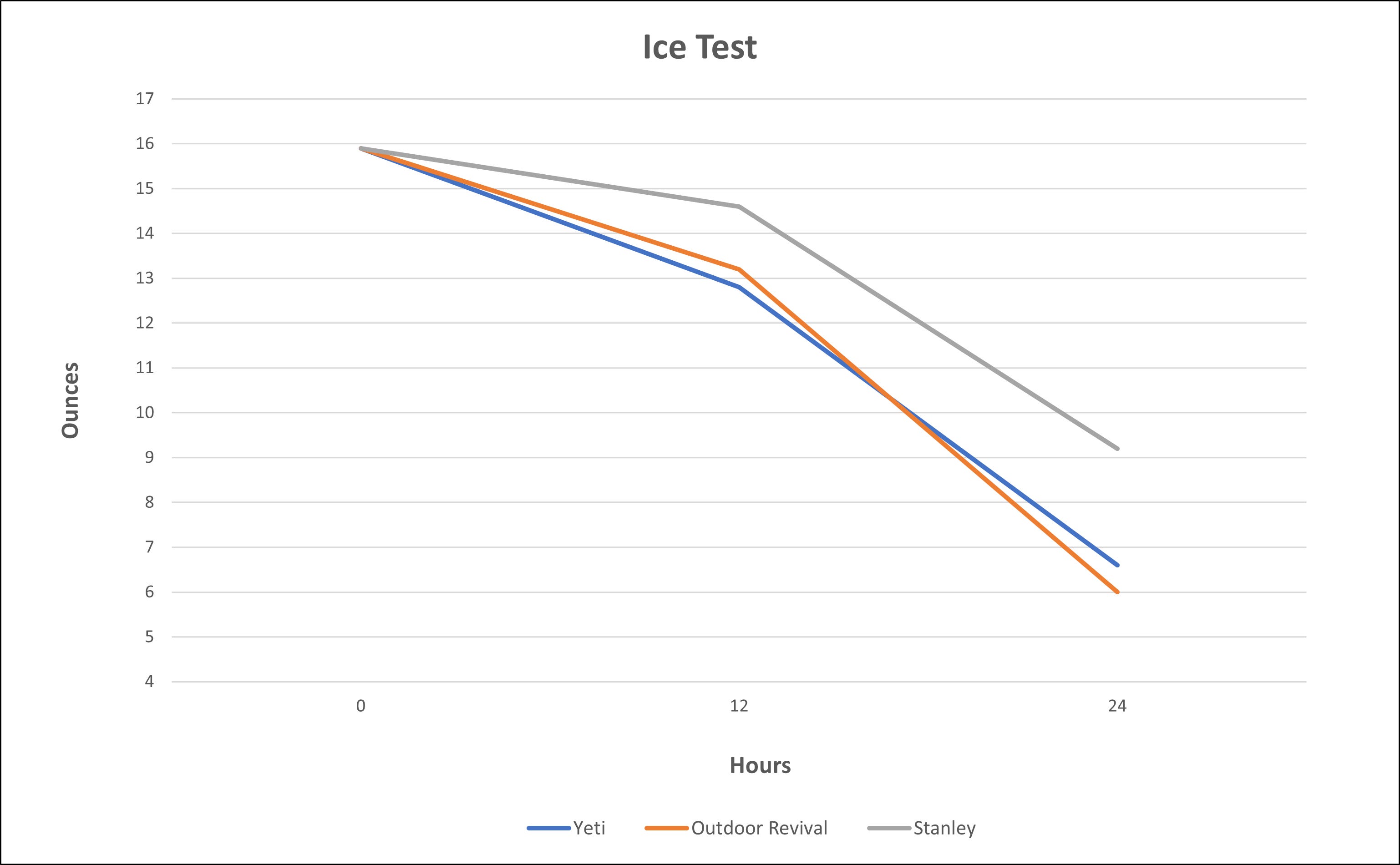

Drop Test
If you’re going to be carrying these tumblers around with you all day, it’s important to know how they’re going to hold up. We all know they’re going to get dropped at some point, so we did the work for you. Each tumbler was dropped from 4 feet, four times – once from the handle pointing up, once with the handle pointing down, and twice straight onto its bottom. All of them were full.
I’m not sure if there was a clear winner, but we did learn some things. The advantage of having a screw-on lid like the Stanley is that when it’s dropped, it’s less likely to come off, possibly saving your drink. The Yeti and the Outdoor Revival tumblers both had their lids fly off when dropped on their sides, leaving me a decent-sized mess to clean up. However, the Stanley handle is not made to be dropped. It popped off immediately. The Yeti held up the best, with only a dent. The Outdoor Revival had a piece of the plastic come off, but the handle was still attached. As far as other body damage, the Stanley and Yeti both had small dents on the bottom and around the lip. The Outdoor Revival showed the most damage, especially on the bottom.
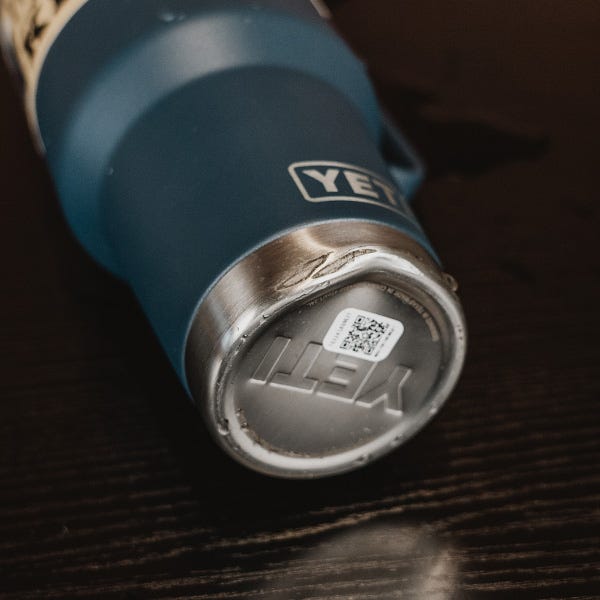

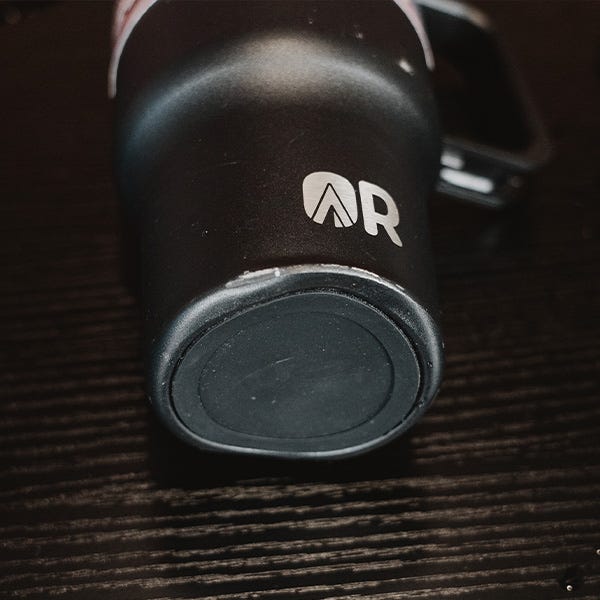

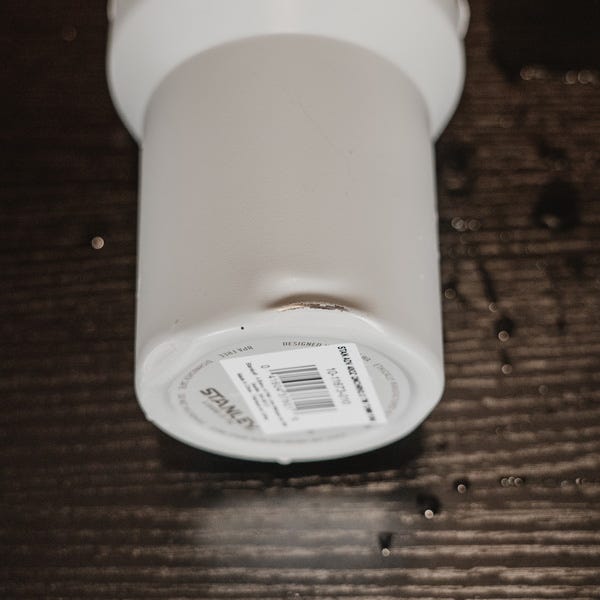

Leak Test
What happens when you’re going about your day and next thing you know, your tumbler is on its side, covering your desk or maybe your car seat with whatever you happen to be drinking? That’s a risk you’re taking when you have a tumbler with a straw. But which one of these is the least likely to create a mess?
We turned all three on their sides with the straw toward the top, hoping that all the water wouldn’t just come out of the straw. Because the truth is that if you knock it over and the straw is on the bottom, liquid is going to come out. That’s just the way it is. But for this test, we were trying to focus on the gaskets and the seal of the hole in the lid.
In this case, there was a clear winner. With the most unique lid design, the Outdoor Revival had the least leakage. The gasket around the straw seemed to work well. The Yeti lid that comes with the tumbler only had a straw hole and no other method of drinking. While this isn’t super fun like the other two, it does create fewer places for leaking. If the water is above the straw hole, it’s going to come out. Stanley recently updated their lid to have rubber around the straw in hopes of preventing the leaking problem. It kind of works, but we found that there was a lot of leaking coming from the other hole in the lid.
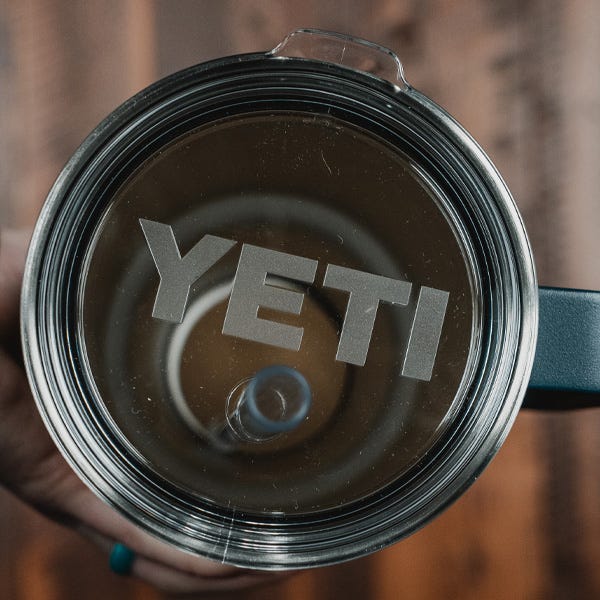

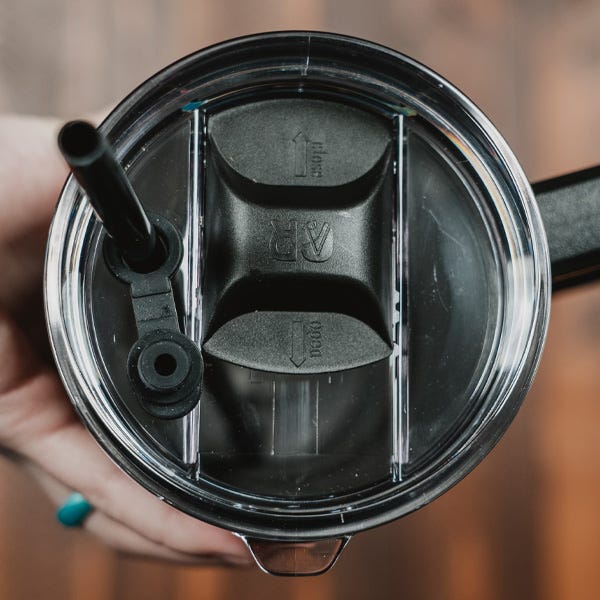

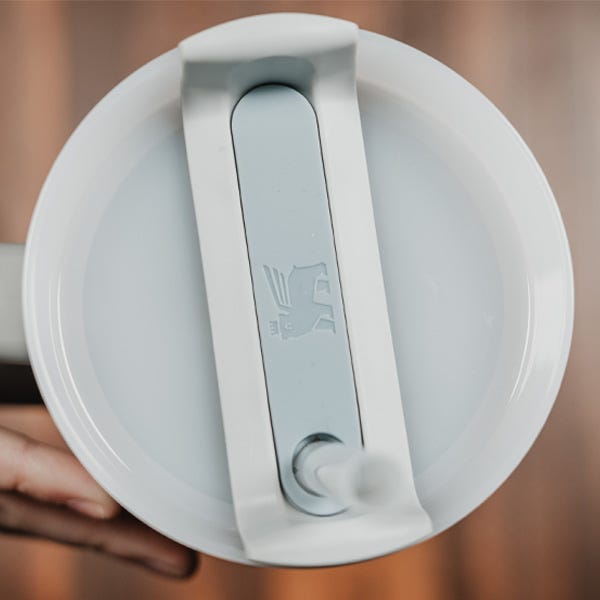

Final Thoughts
Ok, let’s all rush to the camping aisle and buy up everything Stanley. Not so fast. Just because Stanley came out on top in the hot and cold tests doesn’t mean it is perfect for every scenario. For instance, if you’re looking for a budget friendly option, Outdoor Revival has proved it can hang in there with the more expensive options when it comes to keeping things hot and cold. If you’re looking for something that’s tough and has proven to be high quality, the Yeti might be for you. And, if you want to keep up with the latest trends while also knowing you can count on it to keep things hot and cold, the Stanley is for you.
We’ve reviewed the facts, tested the products, and analyzed the results. It is now time for you to decide which model is best.
For those with small hands the hydro flask has a functional advantage.





